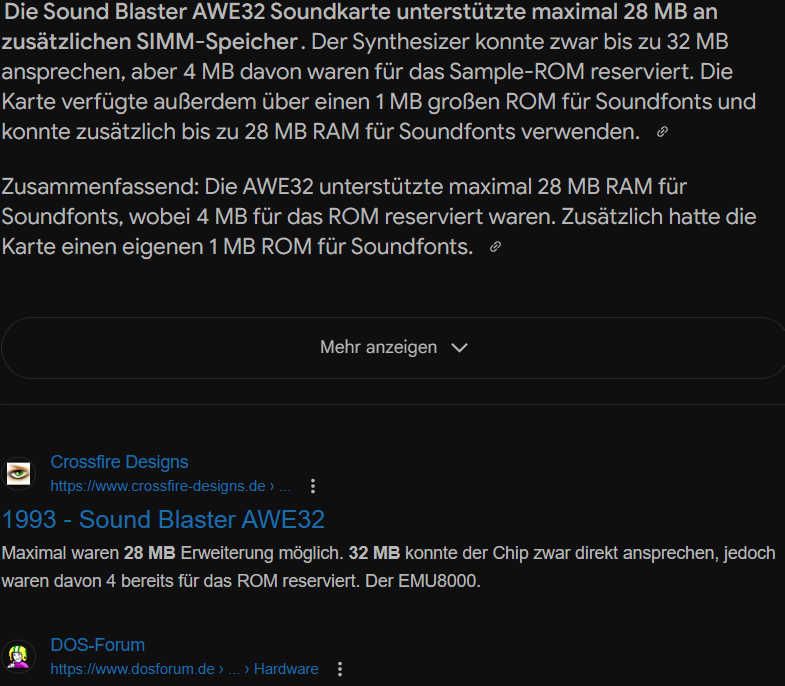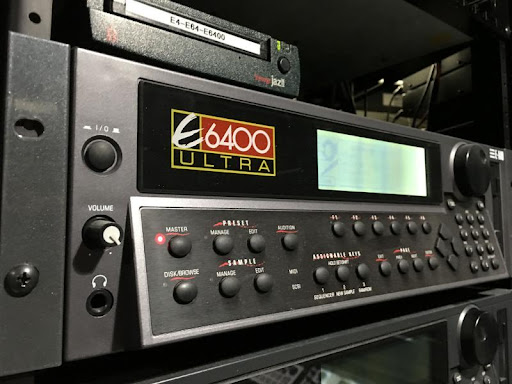iBoughT A TEXAS INSTRUMENTS Ti89 iN LatE 1998 & iT was very useful back then.
https://youtu.be/-S5be9g-C8Q

"The AMD Athlon 64 3000+ was a desktop processor with 1 core, launched in January 2001. It is part of the Athlon 64 lineup, using the Venice architecture with Socket 754. Athlon 64 3000+ has 512 KB of L2 cache and operates at 2000 MHz. AMD is making the Athlon 64 3000+ on a 90 nm production node using 69 million transistors. The multiplier is locked on Athlon 64 3000+, which limits its overclocking potential. With a TDP of 51 W, the Athlon 64 3000+ consumes typical power levels for a modern PC. AMD's processor supports DDR1 memory with a single-channel interface. Although the processor doesn't come with integrated graphics, certain motherboards with compatible chipsets can provide this capability. The SSE4 instruction set is not supported, which can cause problems with modern games, as they require that capability."--TechPowerUp
I had a HP Pavilion T3000 AMD Athlon PC with such a AMD Athlon 3000+ single core CPU & Windows XP from autumn 2001 (Lister Meile 48@30161H.) until 3. November 2007 (Hallerstraße 5@30161H.).
This textbook is designed to help students and professionals understand the intimate connection between music and physics. The reader does not need prior background in music or physics, as the concepts necessary for understanding this connection are developed from scratch, using nothing more sophisticated than basic algebra which is reviewed for the reader. The focus is on connecting physics to the creation of music and its effect on humans. The reader will learn about the basic structure of music in relation to acoustics concepts, different musical instrument groups, how the room affects sound, and how sound travels from instruments to human ears to evoke an emotional reaction. Replete with exercises to hone students’ understanding, this book is ideal for a course on the physics of music and will appeal to STEM students as well as students, professionals, and enthusiasts in any field related to music and sound engineering.
S.O.S.@T.S.E.@fb.com i je.dna.uk+RA.inka.us2A.D.@GENELEC
A Commodore C16 with Datasette
My second computer since
24. December 1990 until autumn 1995:
A Commodore Amiga 500 (upgraded to 1MB)+Commodore Monitor.
My first PC in autumn 1995
(+i used it until autumn 2001) had a
P54C INTEL PENTIUM 75 MHz CPU
& CUBASE & MicroSoft Windows 95 &
Sound Forge 5.0 for Windows 95 & A 850 MB HardDiskDrive & in 1996 i added
A Creative Labs SoundBlaster AWE32 16 Bit 44100 Hz with 8 MB RAM
(of 32 MB max. RAM minus 4 MB for ROM+1 MB internal ROM)+photo below:
& my first PC with a an INTEL Pentium 75MHz CPU
& Steinberg's CUBASE 1995-2001.
1996 iBought a SoundBlaster
AWE 32 (16-Bit 44,1 kHz)
& added 8MB RAM
iHad A Hohner MIDI Keyboard since 1988
A Commodore Amiga 500 1990-1995@METRO Hannover
YAMAHA 01V digital mixer 1999-2012@PPC Music Hannover
E-MU e6400 Emulator from 1999-2000@M.S.Pro.Köln
& the E-MU e6400 ULTRA 2000-2012@M.S.Pro.Köln
& A CLAVIA NORD LEAD 1 2004-2007@eBAY
p.s.
because of N.I. Kontakt & N.I. Battery I
did not use my e6400 ULTRA
since 2005 & also sold my
CLAVIA N.L.1 in 2007.
2000-2004 iMade
a creative
break &
did not
make
any
Music since 2007, but iStill love to
Listen to Music very often :D &
btw iBought both E-MU e6400s
EMULATOR & ULTRA @ÄTät@











































%20ist%20ein%20b%C3%B6rsennotiertes%20Verkehrsunternehmen%20in%20Hannover..jpg)










.jpg)


.jpg)

.jpg)


.jpg)

.jpg)












%20by%20Aleksandar%20_argi_%20and%20Aleksandar%20Miti_%20reveals%20the%20real%20truth%20about%20the%20written%20historical%20sources%20to%20which%20official%20science%20refers..png)





